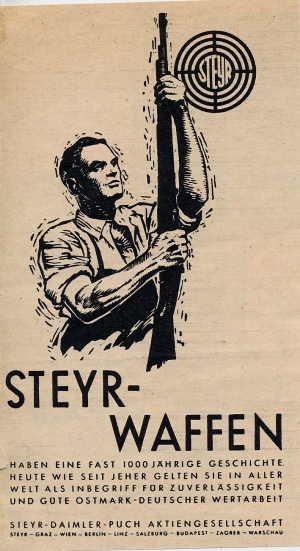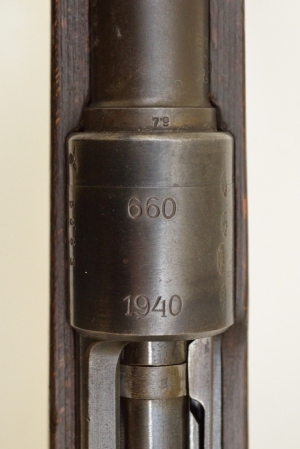 In this post I will begin a year by year examination of Modell98 production at Steyr-Daimler-Puch (SDP). The first year after the union with Germany (Anschluss in 1938) SDP was faced with a number of problems, not the least of which were where the firm would fit in with the new order (National Socialist regime). Anschluss was not a new concept in 1938, it certainly was not a creation of Hitler and his henchmen, Germany and Austria had explored union after the end of World War One and again in 1930-1931, both times bringing considerable resistance from the former Entente, – especially France and Italy (and the Czechs). However in 1938 the union was anything but a mutually beneficial arrangement, previously Austria had sought union with Germany for economic and security concerns, a union would have solved many economic problems in 1930-1931, which by 1931 were tearing Austria apart, – indeed, it had been the 1931 economic crisis in Austria which led to the reorganization and mergers that formed the SDP corporation.
In this post I will begin a year by year examination of Modell98 production at Steyr-Daimler-Puch (SDP). The first year after the union with Germany (Anschluss in 1938) SDP was faced with a number of problems, not the least of which were where the firm would fit in with the new order (National Socialist regime). Anschluss was not a new concept in 1938, it certainly was not a creation of Hitler and his henchmen, Germany and Austria had explored union after the end of World War One and again in 1930-1931, both times bringing considerable resistance from the former Entente, – especially France and Italy (and the Czechs). However in 1938 the union was anything but a mutually beneficial arrangement, previously Austria had sought union with Germany for economic and security concerns, a union would have solved many economic problems in 1930-1931, which by 1931 were tearing Austria apart, – indeed, it had been the 1931 economic crisis in Austria which led to the reorganization and mergers that formed the SDP corporation.
However, by 1938 the Anschluss (union) turned the country upside down, nowhere was this more true than in the economic and industrial spheres. SDP in particular was a target of National Socialist ambitions; SDP was one of the most valuable industrial concerns in Austria, a manufacturer of automobiles, trucks, ball bearings, bicycles, and small arms. What it offered was not so much in what it made in 1938, but what it held in potential, and the National Socialists had great expectations for its future usefulness. Herman Göring, head of the Four Year Plan (the German economy) and the Reichswerke (an industrial conglomerate set up by the state to put a commercial face to expropriated property, – greatly expanded by “state capitalism”) were quick to move on SDP, coercing the banks (Creditanstalt Bankverein, owned by the Austrian government since 1931), who owned most of SDP stock to sell their stock to the Reichswerke, followed by coercing the banks to “lend” capital to SDP for massive expansions and acquisitions. Herman Göring, after an appropriate pause allowing for a shake up of the management, and expulsion of all Jews and most communists, promised great things for the future of SDP. Military contracts were given, restructuring of manufacturing priorities, the firm was directed away from legitimate, long-term profitable commercial production towards military pursuits, massive expansions were funded, and several expensive projects were undertaken that would eventually lead the firm into tank and aircraft production.
Continue reading →

